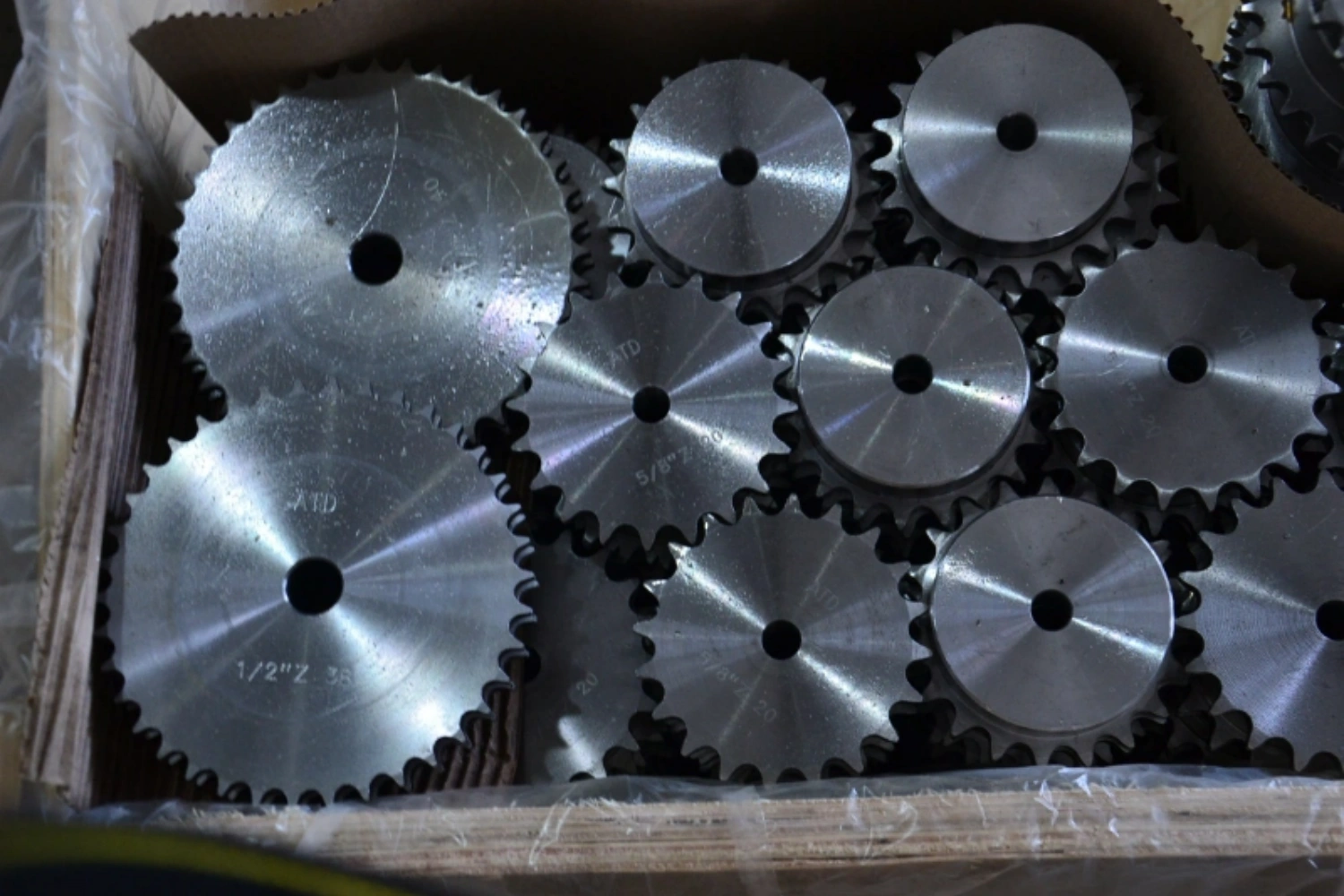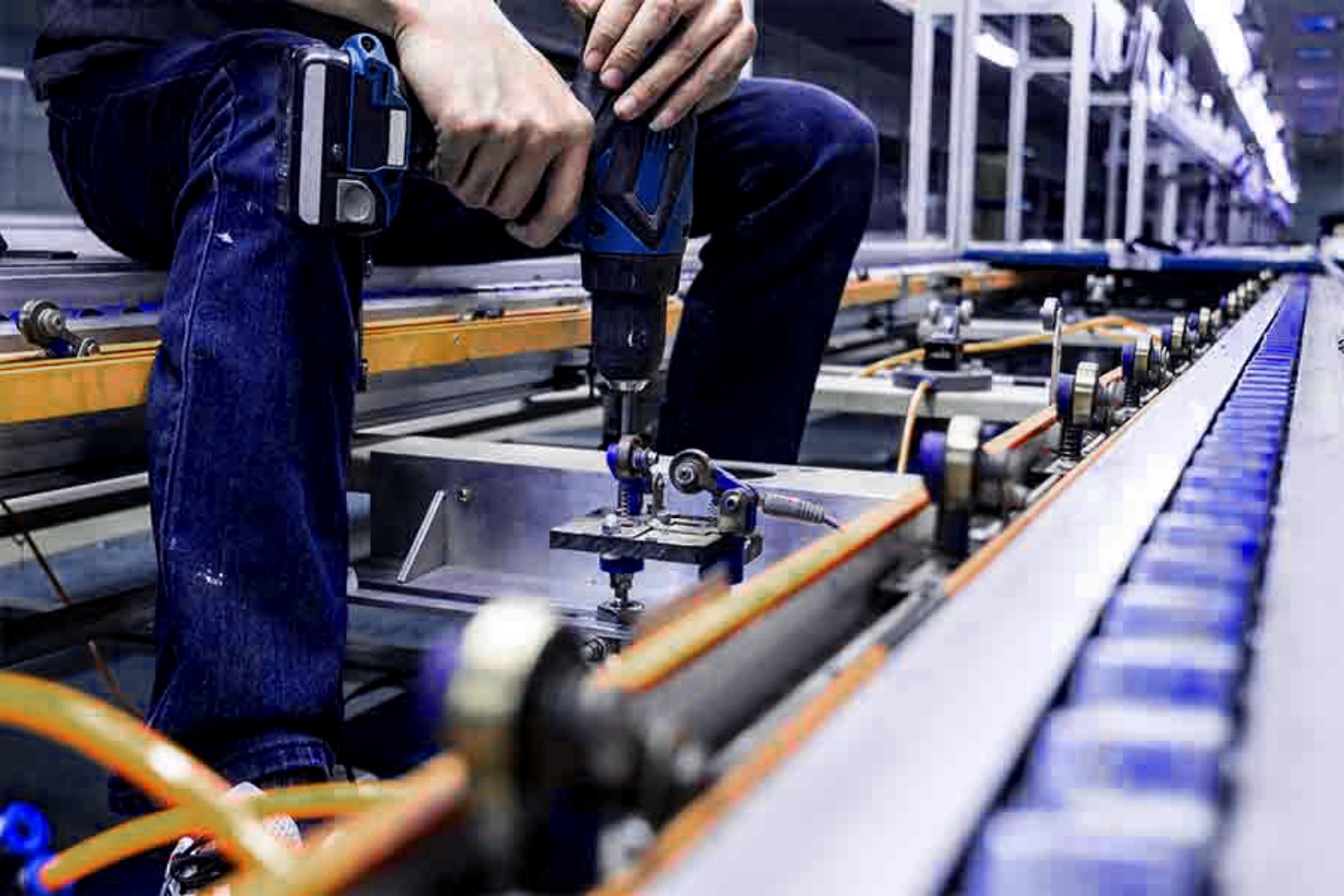A motor pulley is a type of pulley that is attached to the motor shaft and is used to transfer power to another pulley, such as a belt pulley or a sheave. Motor pulleys can be made from a variety of materials, including aluminum, steel, and cast iron.
A motor pulley v belt is a type of pulley that is specifically designed to work with a V-belt. V-belts are designed to fit into the grooves of the pulley, creating a secure and efficient transfer of power. Motor pulley v belts are typically made from materials such as cast iron or steel, and come in a range of sizes to fit different motors and V-belt sizes.
The appropriate motor pulley and v belt depend on the specific application and the power transmission requirements. Here are some general guidelines for selecting the appropriate motor pulley and v belt:
- Determine the required speed ratio: The motor pulley and v belt should be selected based on the required speed ratio between the motor and the driven shaft.
- Calculate the required torque: The motor pulley and v belt should be selected based on the required torque for the application.
- Determine the center distance: The center distance between the motor and the driven shaft should be measured to ensure that the motor pulley and v belt are properly sized.
- Consider the load conditions: The motor pulley and v belt should be selected based on the load conditions of the application, including the type and magnitude of the load.
- Choose the appropriate v belt type: There are different types of v belts available, such as V-belts, wedge belts, and synchronous belts. The appropriate type should be selected based on the application requirements.
- Consider the material and design: The motor pulley and v belt should be made from high-quality materials and designed to provide reliable power transmission and long service life.
It is recommended to consult with a qualified engineer or supplier to select the appropriate motor pulley and v belt for your specific application to ensure reliable and efficient power transmission.
What are the characteristics of motor pulley and motor pulley v belt ?
The characteristics of a motor pulley and a motor pulley V-belt are:
- Material: Motor pulleys and V-belt pulleys can be made from a variety of materials, such as cast iron, steel, aluminum, or plastic. The choice of material can affect the strength, durability, and weight of the pulley.
- Size: The size of a motor pulley or a motor pulley V-belt refers to the diameter of the pulley. The size can affect the speed and power output of the motor.
- Number of grooves: The number of grooves in a motor pulley or a motor pulley V-belt can affect the performance of the motor, as it determines the number of belts that can be used with the pulley.
- Design: The design of the pulley can affect its efficiency and power transmission. For example, V-belt pulleys have a V-shaped groove that helps the belt grip the pulley more tightly, reducing slippage and improving power transmission.
- Compatibility: Motor pulleys and V-belt pulleys need to be compatible with the motor and the belt being used. The pulley should have the right bore size, keyway, and other dimensions to fit properly.
- Price: The price of motor pulleys and motor pulley V-belts can vary depending on the material, size, design, and brand.
Overall, motor pulleys and motor pulley V-belts are critical components of a motor system, and their selection should be based on the specific application requirements, including power, speed, and efficiency.
CONTINUE READING
Related Posts
Chain sprockets are an integral component in a wide range of mechanical systems, playing a crucial role in transmitting power […]
Conveyor systems are the backbone of many industries, facilitating the efficient movement of materials across manufacturing floors, warehouses, and distribution […]
In the realm of modern manufacturing and engineering, few processes are as fundamental and indispensable as machining. Machining stands as […]





